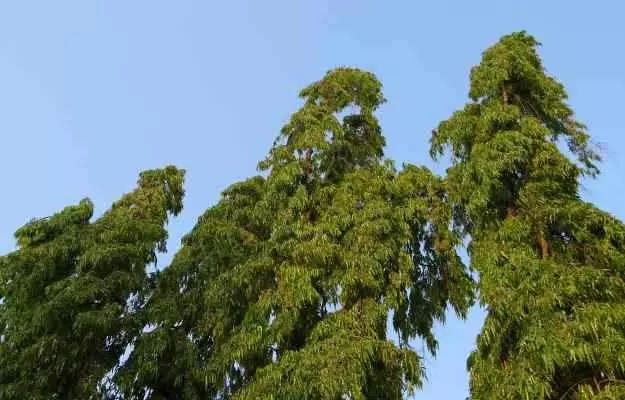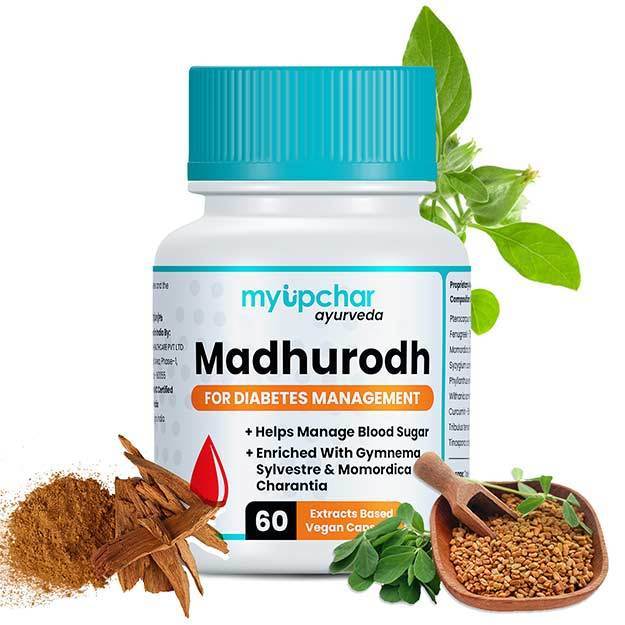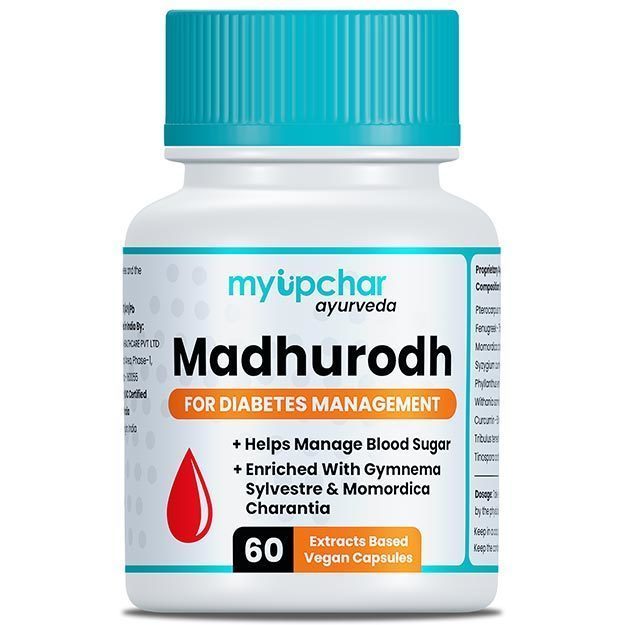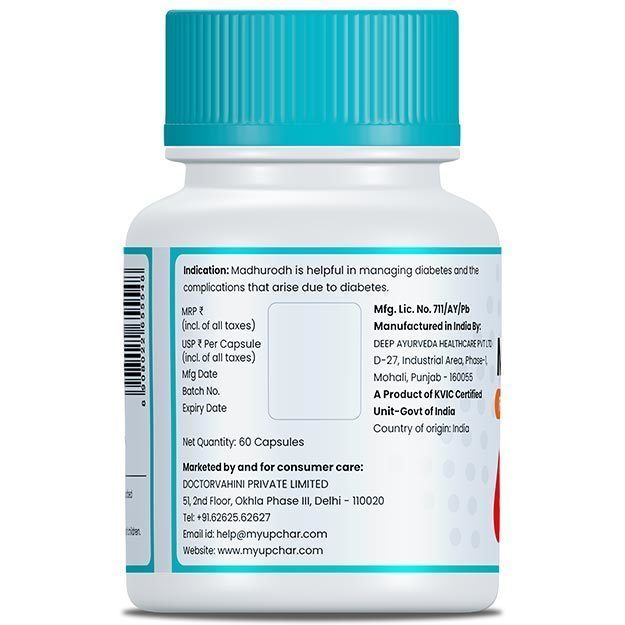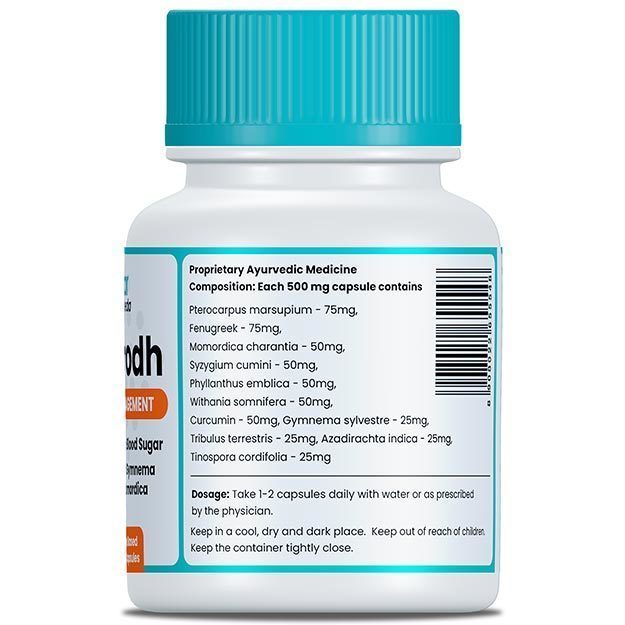Ashoka tree is found throughout the Indian subcontinent and is widely utilised for its bark and leaves. It is a sacred traditional tree belonging to India but is also grown in other parts of the world.
Other than its mythological relevance, Ashoka tree is cultivated for the benefits it has for your health, which will be explored in this article. The most important of these benefits is for your skin, which are derived from the leaves and bark of this plant. In addition to its direct benefits, Ashoka is also used as a common constituent in a variety of pharmacological products owing to its medicinal properties.
This article will discuss all these benefits in detail, only after introducing you to some basics of this tree.
Some basic information about the Ashoka tree
Ashoka tree is a rain forest tree, which is small, erect and bears fragrant flowers around the month of February to April. Its leaves are deep green, which grow in dense clusters. Here is what you’d like to know about the tree:
- Scientific name: Saraca asoca
- Family: Fabaceae
- Common name: Ashoka tree, Ashok tree, Ashok ka ped
- Native region and geographic distribution: The native region of Ashoka tree happens to be the lands of India and it is commonly grown along the regions of the Deccan Plateau, middle sections of the Western Ghats and along the foothills of the Himalayas. It is also scattered along the North of India and is found near the Western Coast in Mumbai.
- Parts used: Bark, leaves and flowers

